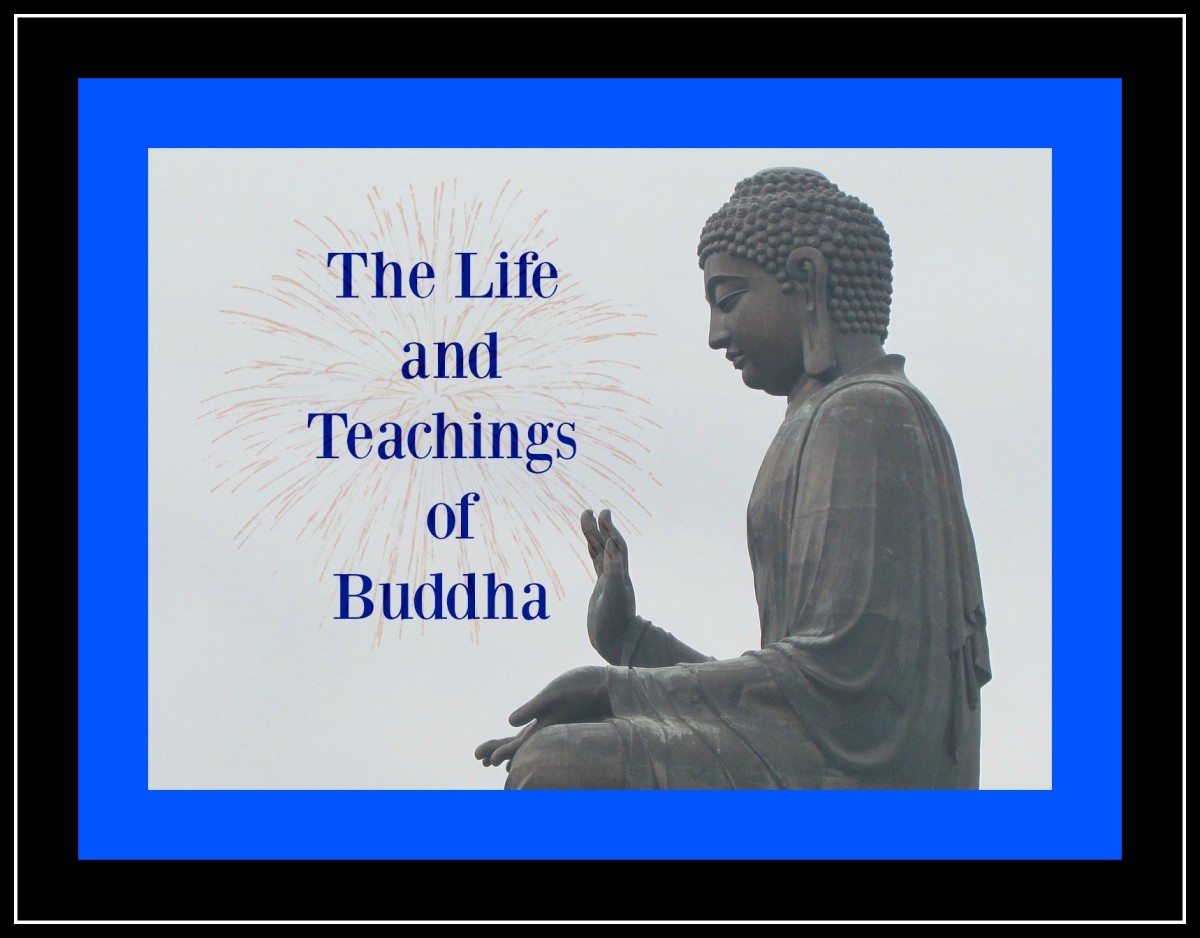Complicating the Duel - Toward a More Complex Reading of Chan Self-Understanding in the Tang and Song Dynasties
In Seeing Through Zen, John McRae identifies various “dual/duel” bipolarities, which he describes as inextricably related pairs “simultaneously linked in collaborative and competitive relationship”1. While such polar “opposites” sometimes manifested polemically as if they were mutually exclusive, their collaborative nature was such that Chan thinkers usually could not maintain such mutual exclusion in practice. This demonstrates that Chan teaching in the Tang and Song dynasties was more complex than could be assumed by reading the oversimplified polemics of such figures as Shenhui or Dahui as straightforward sources for understanding Chan teaching.
In the Tang dynasty, one polarity that emerged was that of sudden vs. gradual enlightenment2. Really, the dichotomy arose though Shenhui's misrepresentation of Shenxiu's teachings, which actually promoted constant, rather than gradual enlightenment3. Attempts at synthesis depicted the gradual/sudden division as illusory, “an error of speech”4. The Platform Sutra shows the figurehead of the “sudden” school (Huineng) writing a verse that can be seen as complementary to the verse written by the figurehead of the “gradual” school (Shenxiu), in the sense that “the basic meaning of the first proposition still remains . . . whose sharp outlines have been removed by . . . the second proposition”5. This creates an implicit third proposition, or “synthesis”—here I point to the Hegelian-style dialectic suggested by McRae6—that includes “the assumption of the first and the erasure of the second”7. So any attempt to investigate how Chan understood itself in the Tang dynasty must consider not only Shenhui's polemical configuration of mutually exclusive opposites, but also the added layers of complexity that soon developed to create a synthesis out of this seeming polarity.
The Song dynasty emphasized a polarity between inherent and actualized enlightenment8. This dichotomy was similar to the sudden/gradual polarity in that it provided two ostensibly incompatible views of enlightenment. However, rather than mapping directly onto the inherent/actualized polarity, it can be said that the sudden/gradual polarity played itself out entirely on the “actualization” side of the former, essentially representing two different approaches to actualization.
Although a reading of Dahui's polemics might make it seem as though he believed in the actualization of enlightenment, while his Caodong contemporaries believed in either inherent enlightenment or no enlightenment at all9, actual Chan teachings were never that simple. For example, Hongzhi, while placing greater overall emphasis on inherent enlightenment, also stressed a need for the actualization of this enlightenment10, saying, “You have from the beginning been in this place . . . but although this is the case, it is necessary that you act on it”, and “It is absolutely necessary that you liberate yourself”11.
Perhaps some acknowledgment of actualization was vital for any Chan lineage that was to continue propagating itself, as by the twelfth century, literati support was more crucial than ever12, and the literati were heavily influenced by ideals of personal cultivation and development from Neo-Confucianism13. At the same time, the Caodong emphasis on inherent enlightenment may have made enlightenment seem more attainable for the literati than did other forms of Chan14. Perhaps this helps explain why Dahui, although unorthodox in his “unabashed de-emphasis of inherent enlightenment”15, still didn't dare to deny outright that “all sentient beings are already enlightened”16. Thus, despite Dahui's misleadingly simplistic formulations, inherent enlightenment and actualized enlightenment were both accepted by all Chan lineages, rather than being seen as mutually exclusive.
Another polarity evident in the Song was that of enlightenment vs. delusion. In one sense, it could be said that the inherent/actualized polarity played itself out entirely on the “enlightenment” side of enlightenment/delusion, as it almost seems to point to two different kinds of enlightenment. However, from a different perspective, these dichotomies were very closely connected; to the extent that one emphasized the need to actualize enlightenment, one also tended to emphasize the difference between enlightenment and delusion, as the actualization of enlightenment could be seen as the overcoming of delusion17. Thus, actualization touched on both delusion and enlightenment.
Again, Dahui's criticisms of silent illumination make it seem as if the silent illumination teachings made no distinction between delusion and enlightenment, whereas his own teachings did18. He quoted the Dasheng qixin lun, which says, “If everything is enlightenment, how could there still be delusion?”19. In other words, Dahui felt that the silent illumination emphasis on inherent enlightenment de-emphasized the need for the actualization of enlightenment as an event in a moment of time, and in doing so, obscured “the need to overcome delusion”20. However, Hongzhi's “Mozhao ming” states, “The path of silent illumination is the basis for leaving the world of delusion”21. This makes it clear that silent illumination teachings both distinguished between enlightenment and delusion, and saw the need to leave delusion for enlightenment. Likewise Dahui, for his part, “was very aware that from the point of view of enlightenment, the difference between delusion and enlightenment is itself understood to be a delusion”22. So again, despite Dahui's facile distinction between the silent illumination “heresy” and the “true” Chan teaching, the issue was far more complex.
In conclusion, contrary to Dahui's portrayal of a simple distinction between heretical and orthodox Chan teachings, all Chan teachers faced the conundrums of inherent/actualized enlightenment and enlightenment/delusion. Such paradoxes “created a kind of fecund tension running through Chan”23, and while certain teachers may have placed greater emphasis on one or another side of such paradoxes, paradoxes they remained for all involved, and no one in actuality could maintain the complete exclusion of whatever perspective they chose not to emphasize. So when trying to understand how Chan understood itself in the Tang and Song dynasties, it is especially important that we not take at face value the oversimplified pictures presented by figures like Shenhui and Dahui.
Notes
1. McRae, John. Seeing Through Zen. University of California Press. 2004. Pages 12, 14
2. McRae 40, 57
3. Lecture
4. McRae 57
5. McCrae 65
6. McCrae 60
7. McCrae 65
8. Schlutter, Morten. How Zen Became Zen. University of Hawaii Press. 2010. Pages 119–121
9. Schlutter 119 - 120
10. Schlutter 153, 156
11. Schlutter 152
12. Schlutter 178
13. Schlutter 179
14. Schlutter 180
15. Schlutter 173 -174
16. Schlutter 120
17. Schlutter 120
18. Schlutter 124
19. Schlutter 119
20. Schlutter 120
21. Schlutter 146
22. Schlutter 121
23. Schlutter 4
© 2012 Justin Aptaker





